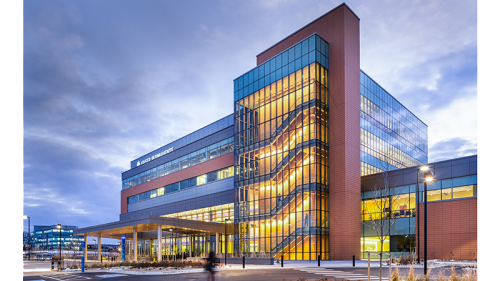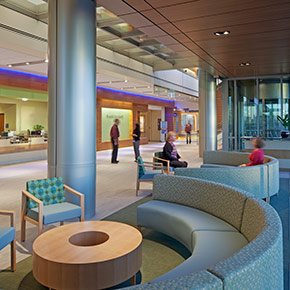2014 Healthcare Design Showcase – Kaiser Permanente – Lone Tree Medical Offices
Posted October 6, 2014 by Kyle Hoogewind

The Kaiser Permanente – Lone Tree Medical Office Building Project was featured in the 2014 Healthcare Design Showcase.

Check out the article here.